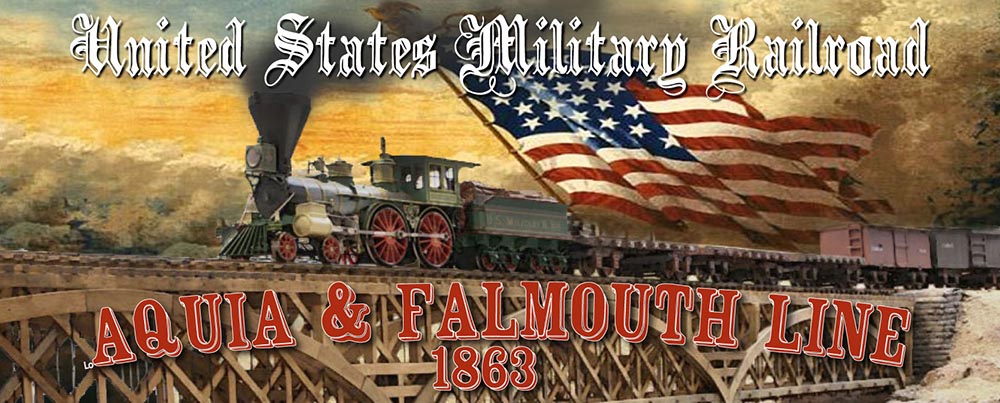A few years ago, Eric Cox, of Panamint Models, made some O scale truck parts for me in Shapeways. Our idea was to try using the 3D printed parts as masters in my vulcanizing mold machine. The first attempt was somewhat successful, but some adjustments were necessary.
So Eric redrew the parts and set me a revised set. In the meantime, I figured out that the silicone rubber mold material I had was beyond its shelf life. Thus the rubber would not vulcanize properly. So I ordered a new set of rubber mold blanks. This time I ordered a low temperature silicone rubber that cures at 190F. These are intended for molding 3D printed masters and other low temperature materials. The drawback is that the silicone rubber is not as strong as higher temperature rubber.
I put the revised trucks in the mold. I also put some of my 3D printed DODX brake detail parts in the mold. Shapeways has been somewhat unreliable lately. The have been shipping the parts after months delay or outright canceling my orders. So I though it would be prudent to make metal copies of the brake details.
The low temp rubber worked well with the 3D parts. The molds looked good. I cut the gates in the parts and started spin casting. As normal, the first couple pours did not work too well. But as the mold warmed up and I added some gates and vents, I got a pretty good yield. After about 25 pours the mold started to deteriorate.
I assembled a truck using some of the new castings. The revised design has very close tolerances. That combined with some deteriorated axle holes, meant that I had to do some grinding and filing to get the parts to fit without interfering. The wheel sets seemed to spin smoothly, but in testing on the track I noticed some sparking due to shorts. I added some 0.010 inch styrene shims to insulate the wheels from the side frames and that worked to remove the electrical shorts.
The cast metal trucks don't have working brakes. But they do have some nice detail. The cast trucks add weight down low, so they should help the cars track better.
Given I have to fiddle with them to get them to work well, there isn't too much labor saving. So the jury is still out on if I want to do the rest of my cars with cast metal trucks.

No comments:
Post a Comment